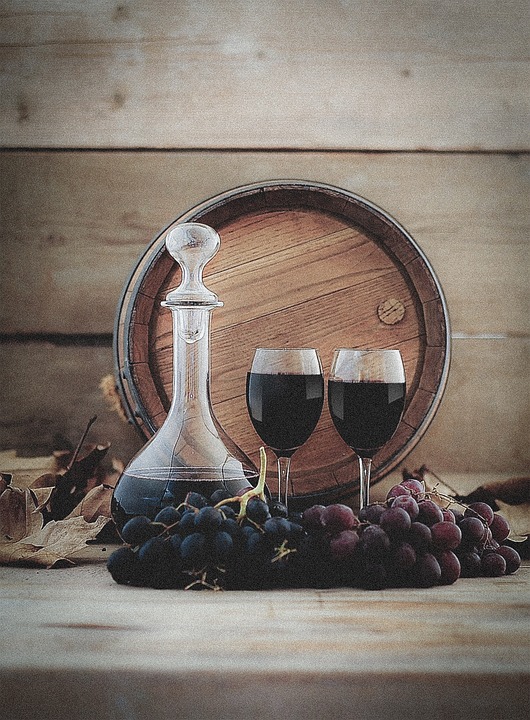Piedmont: Italy’s Premier Region for Age Worthy Red Wines
Introduction
Piedmont, located in the northwest of Italy, is renowned for producing some of the world’s finest red wines. With its unique terroir, diverse grape varieties, and centuries-old winemaking traditions, Piedmont has established itself as the premier region for age-worthy red wines. In this report, we will explore the reasons why Piedmont stands out in the world of wine, from its iconic Barolo and Barbaresco wines to its lesser-known gems.
Terroir and Grape Varieties
Piedmont’s terroir, characterized by its rolling hills, misty valleys, and cool climate, provides the perfect conditions for growing red grape varieties such as Nebbiolo, Barbera, and Dolcetto. The region’s unique combination of soil types, including limestone, clay, and sand, imparts distinct flavors and aromas to the wines produced here. Nebbiolo, the king of Piedmontese grapes, is responsible for the region’s most famous wines, including Barolo and Barbaresco, which are known for their complexity, elegance, and aging potential.
Barolo and Barbaresco
Barolo and Barbaresco are Piedmont’s most prestigious wines, often referred to as the “kings” of Italian red wines. Made exclusively from Nebbiolo grapes grown in designated vineyards, these wines are aged for several years before release, allowing them to develop rich flavors of cherry, truffle, and tar. Barolo, with its firm tannins and powerful structure, is known for its longevity, with some vintages capable of aging for several decades. Barbaresco, on the other hand, tends to be more approachable in its youth, with softer tannins and a more delicate profile.
Lesser-Known Gems
While Barolo and Barbaresco steal the spotlight, Piedmont is home to a variety of other red wines that offer exceptional quality and value. Barbera, the region’s most widely planted grape, produces wines that are vibrant, fruity, and food-friendly, making them perfect for everyday consumption. Dolcetto, another popular grape variety, yields wines that are light-bodied and easy-drinking, ideal for casual occasions. In addition, Piedmont produces lesser-known wines such as Freisa, Grignolino, and Pelaverga, each with its own distinctive character and charm.
Industry Insights
Piedmont’s wine industry is a vital part of the region’s economy, generating significant revenue and employment opportunities. According to the latest data, the wine sector in Piedmont contributes billions of euros to the local economy each year, supporting thousands of jobs in vineyard management, winemaking, and tourism. With its emphasis on quality over quantity, Piedmont has established itself as a leader in the production of premium red wines, attracting wine enthusiasts and connoisseurs from around the world.
Financial Data
In terms of financial performance, Piedmont’s wine industry continues to thrive, despite challenges such as climate change and global competition. The region’s top wineries, including iconic producers like Gaja, Giacomo Conterno, and Vietti, have reported strong sales and profits in recent years, thanks to growing demand for their high-quality wines. In addition, investments in vineyard management, winemaking technology, and marketing have helped Piedmont’s wineries stay competitive in the global market, ensuring the long-term success of the region’s wine industry.
Conclusion
In conclusion, Piedmont is Italy’s premier region for age-worthy red wines, thanks to its exceptional terroir, diverse grape varieties, and centuries-old winemaking traditions. From the iconic Barolo and Barbaresco wines to the region’s lesser-known gems, Piedmont offers a wide range of red wines that are celebrated for their quality, complexity, and aging potential. With a thriving wine industry, strong financial performance, and a growing global reputation, Piedmont continues to be a top destination for wine lovers seeking the best that Italy has to offer.




